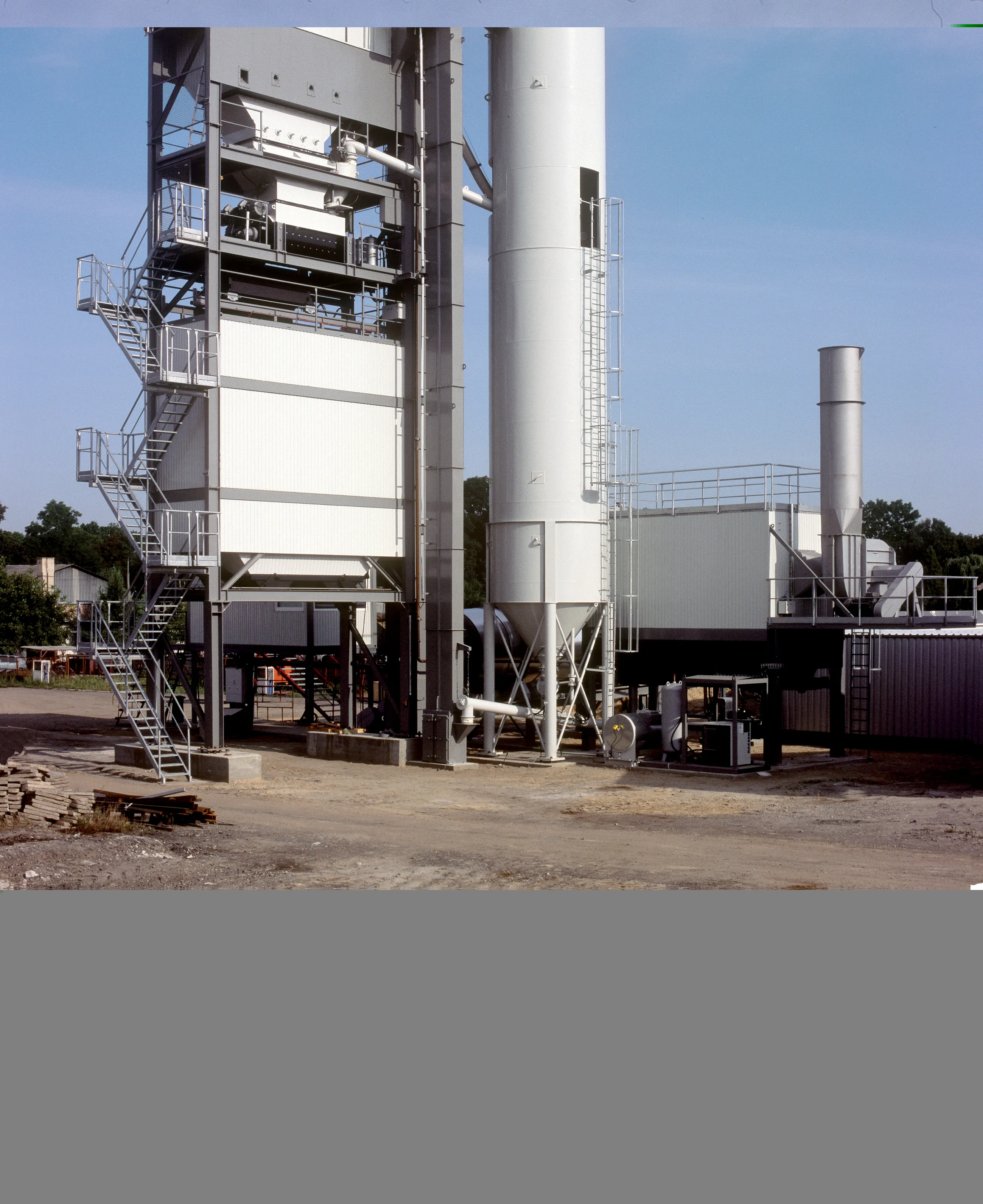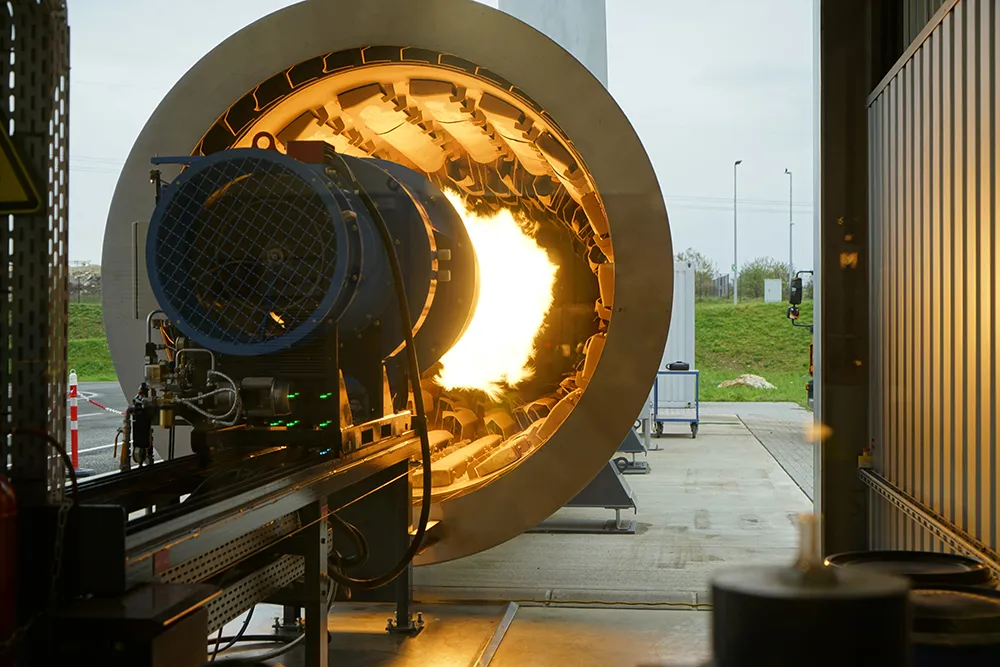Discussions on the next stage of engine emissions controls for Europe will commence in due course. This will follow the completion of the EC Consultation process on Stage V Emissions, which is being closed shortly. The consultation on the next round of changes to the engine emissions directive has been taking key topics under consideration. This is reviewing possible extensions to the legislation to include large and small engines and more petrol engines. Setting new stages including a Stage V with particle
March 15, 2013
Read time: 1 min
Discussions on the next stage of engine emissions controls for Europe will commence in due course. This will follow the completion of the EC Consultation process on Stage V Emissions, which is being closed shortly. The consultation on the next round of changes to the engine emissions directive has been taking key topics under consideration. This is reviewing possible extensions to the legislation to include large and small engines and more petrol engines. Setting new stages including a Stage V with particle counting is also being considered, along with in-service conformity checking, the use of alternative fuels and potential modifications to the flexibility scheme. Equipment manufacturing associations are currently working on their input to the 2465 European Commission consultation.









